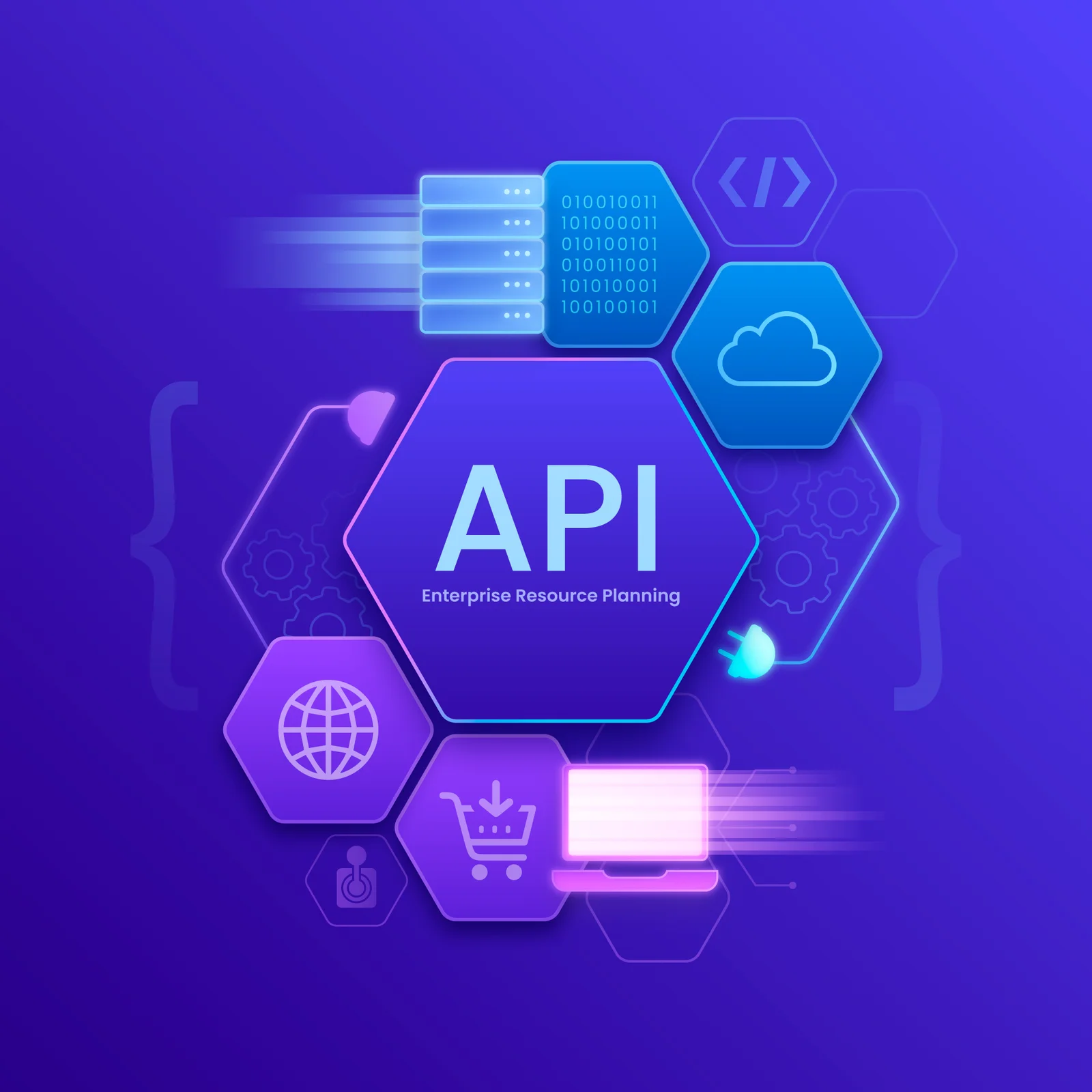
Python for Data Science: Why It’s Essential and How You’ll Use It
Published: 2025-01-09 09:44:51
Data science has revolutionized the way businesses, researchers, and organizations understand and utilize data. Among the plethora of tools and technologies available, Python for Data Science has emerged as the undisputed leader. Its versatility, simplicity, and a vast ecosystem of libraries make it the preferred choice for data scientists worldwide.
In this article, we’ll explore why Python for Data Science is essential, its benefits, and the ways you’ll use it in real-world scenarios.
Why Python for Data Science?
Python for Data Science is essential due to its simple syntax, extensive libraries, and versatility in handling diverse data types. It empowers data scientists to efficiently analyze, visualize, and build machine learning models, making it a cornerstone in the field.
- Ease of Learning
One of the most significant reasons behind the popularity of Python for Data Science is its simplicity. Python has a clean and readable syntax, which reduces the learning curve for beginners and allows experienced developers to focus on solving problems rather than understanding complex code. - Comprehensive Libraries
Python for Data Science offers a rich ecosystem of libraries tailored for data manipulation, visualization, and analysis. Key libraries include:- Pandas: For data manipulation and analysis.
- NumPy: For numerical computations.
- Matplotlib and Seaborn: For data visualization.
- Scikit-learn: For machine learning and predictive modeling.
These libraries ensure that tasks ranging from data cleaning to building machine learning models are seamless and efficient.
- Community Support
The strong community backing Python for Data Science provides endless resources, tutorials, and forums for troubleshooting and learning. New tools and updates are constantly developed, keeping Python ahead of the curve in the ever-evolving data science landscape. - Versatility Across Disciplines
Beyond traditional data science roles, Python for Data Science is widely used in fields such as finance, healthcare, marketing, and engineering. Its adaptability makes it indispensable for analyzing data in diverse domains.
How You’ll Use Python for Data Science
1. Data Collection and Cleaning
Before any analysis, data needs to be collected and prepared. Python for Data Science provides tools like requests for web scraping and Pandas for cleaning and structuring raw data into meaningful formats.
2. Exploratory Data Analysis (EDA)
Understanding the data is crucial, and this is where Python for Data Science truly shines. Libraries like Matplotlib and Seaborn allow you to create detailed visualizations, uncover trends, and identify anomalies in the data.
3. Statistical Analysis and Modeling
For predictive analysis, Python for Data Science provides advanced statistical libraries like Statsmodels and Scipy. Machine learning algorithms can be implemented with ease using Scikit-learn, enabling accurate forecasting and decision-making.
4. Deep Learning and Artificial Intelligence
When dealing with large datasets and complex patterns, Python for Data Science steps up with libraries like TensorFlow and PyTorch. These frameworks enable the creation of neural networks for deep learning applications such as image recognition and natural language processing.
5. Automation and Deployment
Automation is another area where Python for Data Science proves its worth. Tasks like scheduling data updates, retraining models, or integrating APIs can be automated, saving time and resources. Deployment tools like Flask and FastAPI also help in bringing data-driven solutions to production.

Know about : Generative AI and the Future of Web Development: A Complete Guide
Benefits of Python for Data Science
- Scalability: Python handles projects of all sizes, from small-scale data analysis to enterprise-level applications.
- Integration: It seamlessly integrates with other languages and tools, such as R, SQL, and Hadoop, enhancing its usability in larger ecosystems.
- Open Source: Python’s open-source nature ensures it remains accessible to all, with constant innovations from contributors worldwide.
5 Reasons Why Python Is Essential for Data Science
Python for Data Science has become a cornerstone in the field of data analysis and machine learning. Its essential role is driven by its ease of use, extensive library support, and adaptability to diverse data-driven tasks. Here's why Python for Data Science is indispensable:
- Simple and Easy to Learn
Python's clean and intuitive syntax lets beginners and experts focus on solving problems, not writing complex code. - Rich Library Ecosystem
Libraries like Pandas, NumPy, Matplotlib, and Scikit-learn make Python for Data Science a powerhouse for data manipulation, analysis, and visualization. - Seamless Integration
Python works effortlessly with databases, big data tools (Hadoop, Spark), and cloud platforms, streamlining workflows. - Automation Made Easy
Automate repetitive tasks like data cleaning and model evaluation using Python’s scripting capabilities. - Scalable and Versatile
Whether for small-scale analysis or enterprise-level projects, Python for Data Science handles it all with ease.
How Do Data Scientists Use Python?
The high-level programming language is widely used for artificial intelligence (AI), machine learning, data visualization, and data-driven decision-making.
Its simplicity, versatility, and an impressive range of libraries make it a favorite among data scientists. Python supports every step of the data science workflow, making it indispensable for professionals in the field.
Here’s how data scientists use it to extract insights and build predictive models:
Data Collection
Data scientists use Python libraries like Requests and BeautifulSoup to extract data from APIs, web pages, and other sources.
- Requests: Fetches data from APIs for structured data retrieval.
- BeautifulSoup: Scrapes data from HTML and XML documents, simplifying complex data extraction.
Python’s ability to gather data from multiple sources helps data scientists build comprehensive datasets for analysis.
Data Cleaning and Preparation
Data cleaning is a critical step in data science. Python libraries like Pandas and NumPy are used to structure, clean, and preprocess large datasets.
- Pandas: Offers a data frame structure for handling and manipulating tabular data.
- NumPy: Handles numerical operations for cleaning and transforming raw data.
These libraries allow data scientists to efficiently prepare datasets for analysis and modeling.
Exploratory Data Analysis (EDA)
Python enables data scientists to perform EDA, uncovering patterns, trends, and anomalies in data.
- Matplotlib: Creates static, interactive, and animated visualizations.
- Seaborn: Simplifies plotting statistical graphics for deeper insights.
Through EDA, data scientists understand their data better and identify variables that influence outcomes.

Machine Learning and Modeling
Python is extensively used for implementing machine learning models with libraries like Scikit-learn and TensorFlow.
- Scikit-learn: Provides tools for classification, regression, clustering, and model evaluation.
- TensorFlow: Supports building deep learning models for advanced predictive analytics.
These tools enable data scientists to train, validate, and optimize models to make accurate predictions.
Data Visualization
Presenting data in an understandable format is crucial. Python libraries help create visually appealing and insightful representations.
- Matplotlib: Generates charts like histograms, bar graphs, and line plots.
- Plotly: Creates interactive dashboards for dynamic data exploration.
These tools make it easier for stakeholders to interpret and act on data-driven insights.
Automation and Deployment
Data scientists use Python for automating workflows and deploying models into production.
- Flask: Develops web applications for deploying machine learning models.
- Airflow: Automates and schedules data pipelines for continuous processing.
Python’s scalability ensures that models can be seamlessly integrated into real-world applications.
Tips to Get Started With Python for Data Science
Starting your journey with Python for Data Science can be exciting and rewarding. Here are some practical tips to help you dive into the field effectively:
- Learn the Basics of Python
- Focus on Python fundamentals like data types, variables, loops, and functions.
- Use free resources like Codecademy or Python.org to build a solid foundation.
- Master Essential Libraries
- Familiarize yourself with Pandas (data manipulation), NumPy (numerical computing), and Matplotlib (data visualization).
- Practice using these libraries to analyze datasets.
- Work on Real Datasets
- Use platforms like Kaggle or UCI Machine Learning Repository to access real-world datasets.
- Practice tasks like cleaning, analyzing, and visualizing data.
- Learn Exploratory Data Analysis (EDA)
- Start with basic statistical summaries, then move on to creating visualizations using Seaborn or Plotly.
- EDA is crucial for understanding and gaining insights from data.
- Dive into Machine Learning Basics
- Learn how to use Scikit-learn for simple models like linear regression and decision trees.
- Understand the basics of supervised and unsupervised learning.
- Take Advantage of Online Courses
- Enroll in beginner-friendly courses like "Python for Data Science" or "Introduction to Machine Learning" on Code with TLS.
- Many courses offer hands-on projects to reinforce learning.
- Automate Simple Tasks
- Use Python to automate data collection, processing, and reporting tasks.
- Learn scripting to save time on repetitive activities.
- Build a Portfolio
- Create a GitHub repository to showcase your data analysis projects.
- Include visualizations, code, and clear documentation to highlight your skills.
9. Stay Updated
- Data science evolves quickly; keep learning by reading blogs, attending webinars, and experimenting with new Python libraries.
FAQs about Python for Data Science
1. Why is Python essential for data science?
Python is essential for data science because of its simple syntax, extensive library support (e.g., Pandas, NumPy, Scikit-learn), and versatility in handling diverse tasks such as data manipulation, visualization, and machine learning.
2. What are the key libraries used in Python for data science?
Key libraries include:
- Pandas: For data manipulation and analysis.
- NumPy: For numerical computations.
- Matplotlib and Seaborn: For data visualization.
- Scikit-learn: For machine learning and predictive modeling.
3. How do data scientists use Python in their workflow?
Data scientists use Python for tasks like:
- Data collection using libraries like Requests and BeautifulSoup.
- Data cleaning and preprocessing with Pandas and NumPy.
- Exploratory Data Analysis (EDA) using Matplotlib and Seaborn.
- Building and optimizing machine learning models with Scikit-learn or TensorFlow.
- Automating workflows and deploying models with tools like Flask and Airflow.
4. What are the benefits of using Python for data science?
Python offers:
- Scalability for projects of all sizes.
- Integration with other tools like SQL, Hadoop, and cloud platforms.
- Accessibility due to its open-source nature and vast community support.
5. How can beginners start learning Python for data science?
Beginners can start by:
- Learning Python basics like data types, loops, and functions.
- Practicing with essential libraries such as Pandas, NumPy, and Matplotlib.
- Working on real-world datasets from platforms like Kaggle.
- Exploring machine learning with Scikit-learn and engaging in hands-on projects through online courses like those offered on Code with TLS.
Summary
Whether you are a beginner taking your first steps into data science or an experienced professional, adopting Python for Data Science is a decision you won’t regret. Its ease of use, robust libraries, and wide applicability make it the ultimate tool for unlocking the potential of your data.
Embrace the power of Python for Data Science and watch your data-driven projects reach new heights of success.
Also read : MERN Stack Certification Course: What You’ll Learn and Why It Matters

